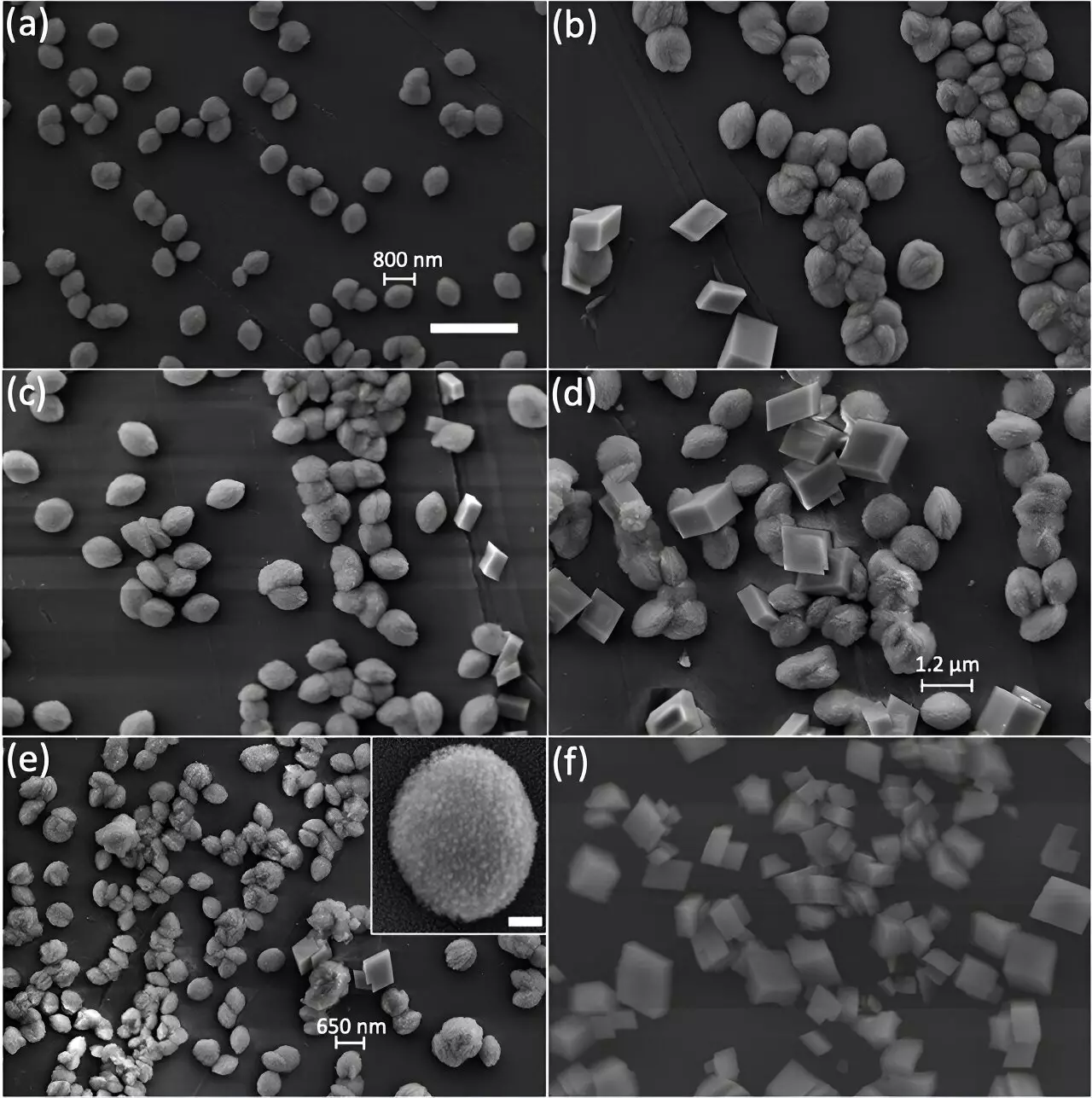Calcite is a mineral that holds significant importance due to its widespread presence in nature and its unique properties. When studied under a microscope, calcite appears as a rhombohedral crystal, shaped like a distorted cube. This mineral is a vital component of rocks like limestone and marble, making it essential for various industries. Understanding the internal structure of calcite is crucial for scientists as it can impact its reactivity and properties.
Recent research has highlighted the significance of studying calcite’s internal structure and the impact of different synthesis approaches on its properties. The presence of defects within calcite crystals can have profound implications for its ability to absorb harmful substances in the environment and influence its mechanical strength. By analyzing the internal nanocrystallinity of calcite, researchers have gained valuable insights into how defects can alter the mineral’s functionality and reactivity.
The study conducted by Ana Suzana and her team at the U.S. Department of Energy’s Argonne National Laboratory revealed groundbreaking findings regarding calcite’s internal structure. By utilizing advanced imaging techniques like Bragg Coherent Diffraction Imaging (BCDI), researchers were able to observe the internal crystallinity of calcite particles at a nanoscale level. This allowed them to identify defects within the crystals that could drastically change its properties.
One of the key findings of the research was the influence of different synthesis approaches on calcite’s internal structure. Comparing slow and quick growth methods, researchers discovered that rapidly grown calcite crystals exhibited a more complex internal structure with nanosized defects. This unexpected result shed light on the relationship between synthesis techniques and the formation of internal defects in minerals like calcite.
Understanding the internal structure of calcite and how defects can impact its functionality has significant implications for environmental applications. Calcite’s ability to absorb toxic chemicals and heavy metals relies on its internal crystalline structure, which can be altered by the presence of defects. By controlling these defects through synthesis approaches, researchers may develop more effective materials for environmental remediation purposes.
Future Directions in Calcite Research
The findings from this study pave the way for future research in the field of mineralogy and materials science. By exploring how internal defects can be used to enhance calcite’s reactivity and properties, scientists may unlock new possibilities for designing advanced materials with optimized strength and toughness. The ability to manipulate the internal structure of minerals like calcite opens up avenues for innovation in various fields, including catalysis and industrial processes.
The study of calcite’s internal structure and the influence of synthesis approaches on its properties provide valuable insights into the world of mineralogy and materials science. By uncovering the role of nanosized defects in calcite crystals, researchers have expanded our understanding of how minerals behave at a microscopic level. This knowledge has the potential to revolutionize the development of materials for environmental, industrial, and scientific applications.


Leave a Reply